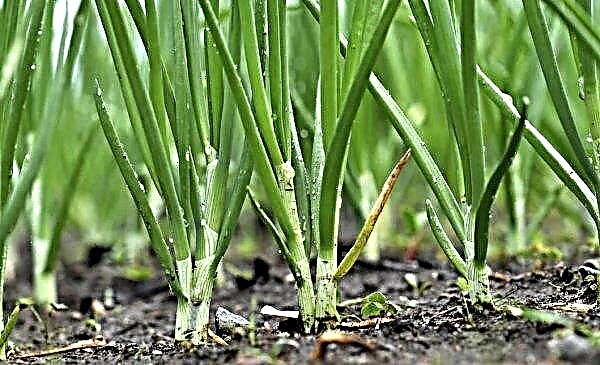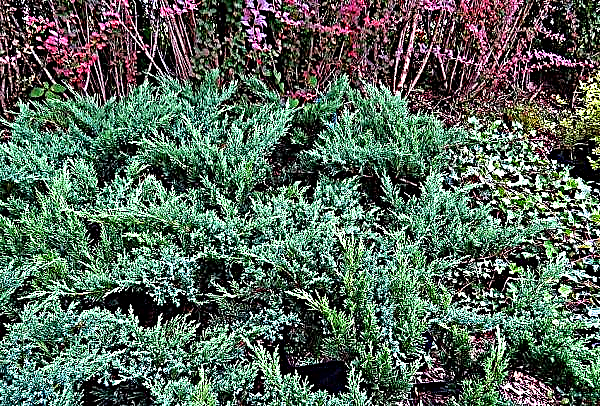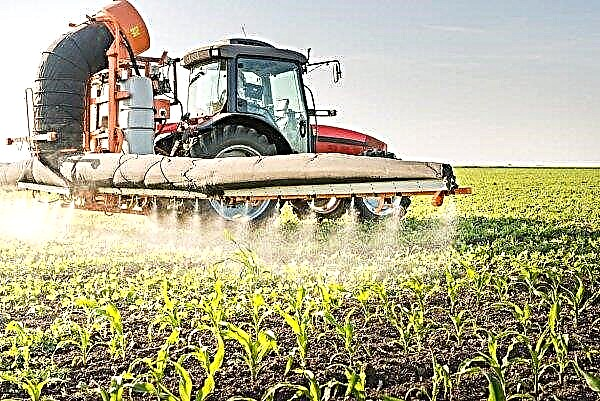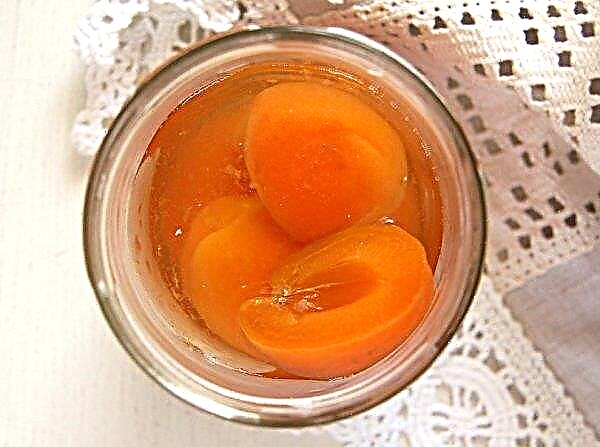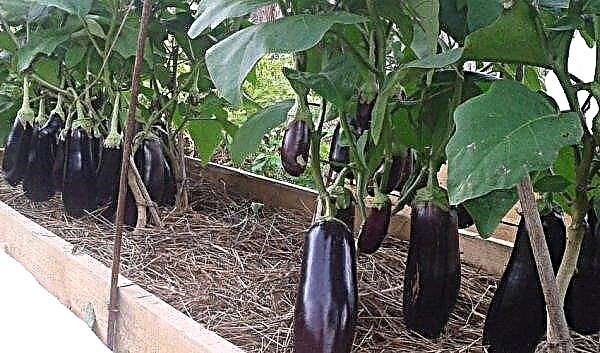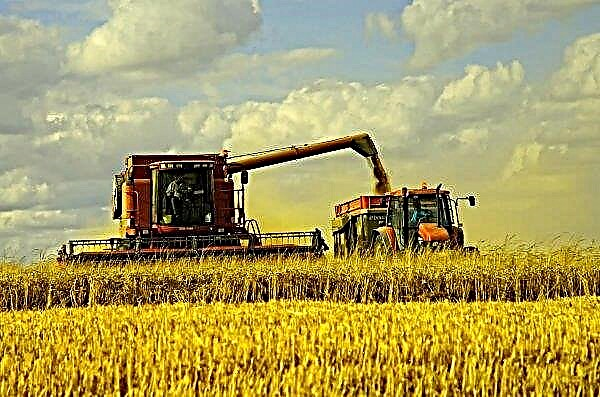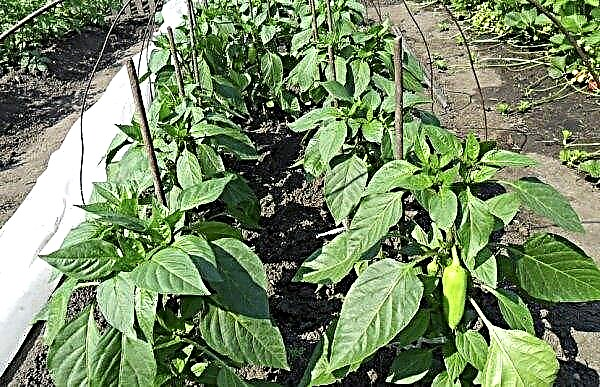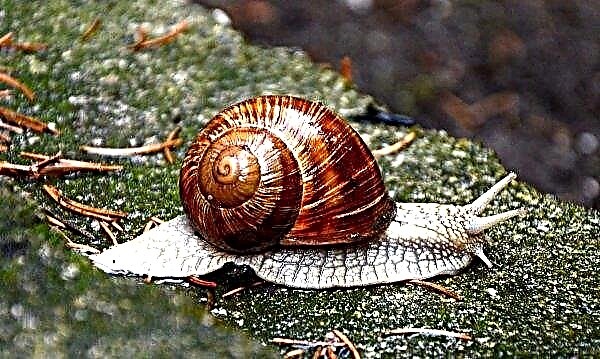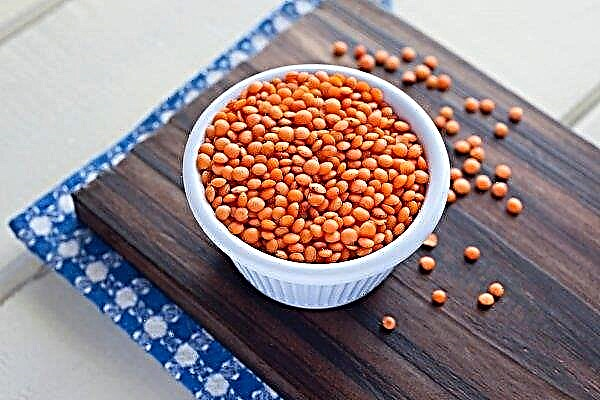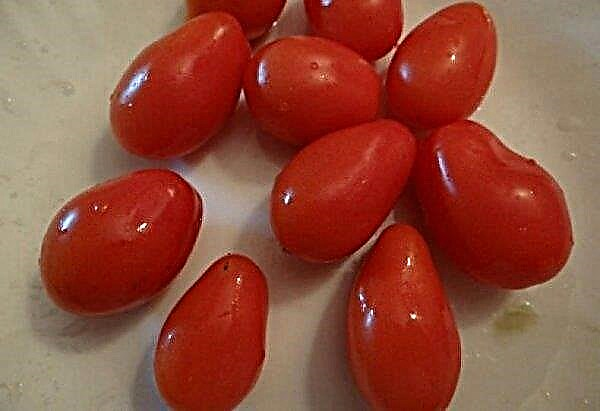Any farmer is interested in the livestock that he breeds to be productive and generate income. In this article we will talk about chickens, which are famous for their fast mass gain and delicious meat. We are talking about the breed Cornish - one of the best in the meat direction.
Appearance story
The history of the breed of chickens called Cornish began back in 1820, in England. A breeder with the surname Gilbert decided to develop a hybrid of a fighting variety of chickens, which would differ from others in greater endurance and could participate in recreational activities for the nobility.
For this, the breeder crossed three breeds among themselves - Malay, Red Azil and Old English fighting.
Gilbert’s expectations did not come true: the resulting breed had a peaceful and calm disposition, which is unacceptable for fighting hens. However, Cornish chickens (as the Cornish breed is sometimes called) had many other positive qualities - high productivity, unpretentiousness and endurance. For this reason, poultry owners from Devonshire and Cornwall counties continued to breed.
For this reason, poultry owners from Devonshire and Cornwall counties continued to breed.
Did you know? Crossing of Cornish chickens with White Plymutrock breed led to the birth of the famous broilers - birds, which in a record short time increase their mass and have tasty, juicy meat.
For some time, the Cornish hens were not popular among farmers: they laid little eggs, and those with a thin shell, and the chickens matured longer than other types of hens. Due to these factors, these breeders were bred for the most part to correct existing deficiencies and improve bird productivity.
The work of poultry farmers was not in vain, and at the end of the XIX century the breed was in the American standard of quality. The key characteristics for this was the rapid weight gain in birds and the high palatability of meat products.
The resulting hybrid became the owner of dominant genes and transmitted to the descendants its ability to gain mass, so the Cornish chickens began to be used for other crosses or crosses, most of which were successful.
The name of the breed was approved only in 1910 and in literal translation means "resident of Cornwall county".
In the USSR, Cornish chickens appeared in the second half of the 20th century, and most of the poultry farms with this breed were located on the territory of modern Belarus and Kazakhstan.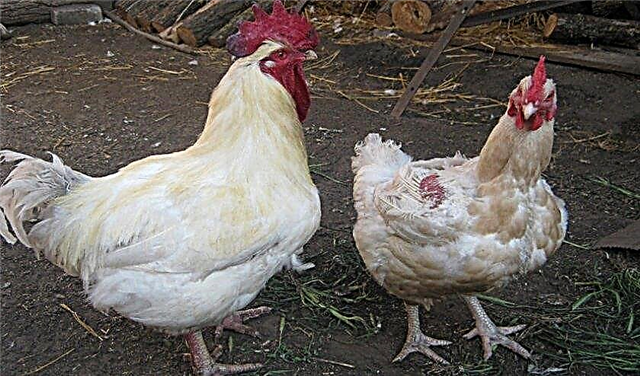
Breed description
Cornish chickens are highly productive birds, which has earned popularity among farmers. Below you can familiarize yourself with the external characteristics of the breed and look at its performance indicators in more detail.
Appearance and standard
This variety of chickens is officially approved, so it has standards through which you can recognize a purebred breed in a bird.
Cornish have the following characteristics:
| Appearance | |
| Head | Large, wide, with red or orange deep-set eyes |
| Crest | Red, has a leaf-like or folate-shaped form, poorly developed |
| Beak | Short, yellow, tip a little darker. The color of the beak may be brown if the color of the feathers of the bird is dark. |
| Neck | Medium length |
| Chest | Broad, muscular, massive |
| Stomach | Fuller and better developed in chickens, and lean in roosters |
| Wings | Medium in size, close to the body, highly developed |
| Tail | Short, hanging |
| Paws | Saturated yellow, do not have feather cover |
| Plumage and color | Feathers are hard and smooth, fit snugly to the body. The plumage color is most often white, less often it is pure fawn and red, and you can also see chickens with black and blue feathers of double bordering |
Due to the fact that the progenitors of Cornish chickens were fighting breeds, the bird partially retained the features inherent in fighting males, and therefore can seem unfriendly and predatory.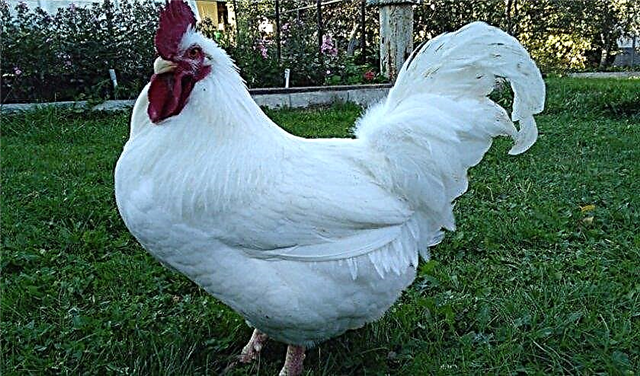
Character
As mentioned above, the breeder’s initial goal was to obtain a fighting breed that was distinguished by pugnacity, aggressiveness, endurance, and wild temperament. However, the result of expectations did not live up to, and the birds turned out, on the contrary, calm and docile.
In the course of further breeding, these qualities only strengthened - Cornish hens are peaceful, do not show aggression either in relation to a person, or among themselves.
The males are also quite calm, they do not suit fights for territory or females and coexist peacefully with each other.
The phlegmatic temperament also became the reason for the wide distribution of the breed, because the birds do not disturb the hosts with their behavior and do not cause unnecessary inconvenience.
Did you know? You can get an improved version of the Cornish chickens if you cross them with a Plymouth breed. The resulting hybrid is less demanding on living conditions and minimizes the disadvantages of the Cornish variety.
Advantages and disadvantages
Productivity is an important indicator, but we advise you to learn more about the positive features of Cornish chickens and their shortcomings. These two factors directly indicate important rock features.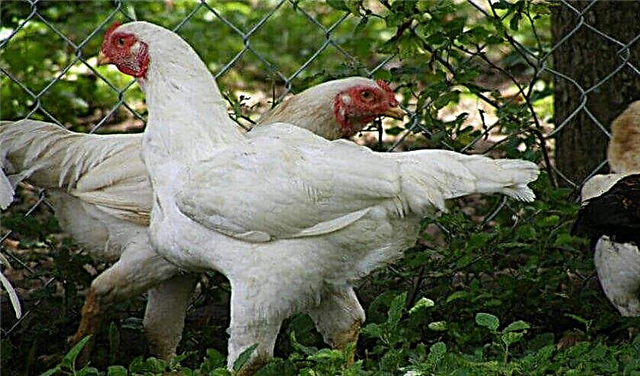 Among these factors are the exactingness of birds to the conditions under which the chicken can be the most productive.
Among these factors are the exactingness of birds to the conditions under which the chicken can be the most productive.
- The advantages of Cornish chickens include:
- High productivity rates. The female is able to lay up to 160 eggs per year.
- The ability to quickly gain weight. By the 7th week of life, the body weight of chickens reaches 2 kg.
- High palatability of meat products. The meat of this breed is considered dietary, but at the same time - juicy and tender.
- Well-developed maternal instinct. Cornish bird is a good brood hen, cares for offspring, protects chickens.
- Calm temperament. The content of these birds is not a concern.
- Enduranceobtained from fighting ancestors.
- Ability to adapt to any climatic conditions.
- Pickiness to the diet.
- Ability to keep birds in cagesdue to which the financial costs of veterinary medicines are reduced.
- The presence of dominant genes in roosters. This makes it possible to cross breed with others to obtain greater productivity.
Important! Only adult individuals of the Cornish breed have a non-conflict character and unpretentiousness in nutrition.
However, do not flatter yourself with the list of advantages of Cornish chickens. This breed also has disadvantages that can complicate the breeding process. Therefore, before you get Cornish chickens, familiarize yourself with their negative qualities.
- Among the shortcomings of the breed are the following:
- Slow puberty, which slows down the breeding process. For this reason, farmers are forced to create a parental base and periodically update it.
- The need to monitor the diet of chickens, their physical health and weight. Some foods may make them obese.
- The need for careful care. If you do not select the right living conditions for the birds, their productivity may decline.
- Difficulties with the conclusion of offspring. About 100% of the chicks hatch from 100% of the eggs, and this directly affects the number of individuals on the farm.
- Restless temperament of chickens. Young growth can be aggressive towards each other.
- High activity of birds. For this reason, hens need more space for walking.
- Difficulty hatching eggsthat arise in chicken due to an active lifestyle.
- Potential limb health problemsif the bird has low physical activity.
- The influence of the age of an individual on the taste of meat. The older the bird, the less tasty you get. For this reason, rather young individuals, about 2–3 months old, are subject to stabbing.

Content Rules
The description of the breed helps to determine the choice of a bird, and now you need to figure out how to properly care for it and what living conditions to provide. Cornish hens are not very whimsical, but there are features in their content that cannot be ignored.
If you do not provide the necessary conditions for the birds, this can affect their health and productivity, worsening performance.
Bird house
A distinctive feature of Cornish chickens is the variability of their content. The farmer can choose a suitable method from two: it is the cellular maintenance and floor.
Root cultivation in cells is most often practiced on large farms, since space is used as productively as possible. Thanks to the cellular method of keeping, the care of chickens is simplified, and less money can be spent on treating birds, since pathogenic bacteria from the environment of the bird cannot be picked up.
However, chickens living in a cage cannot walk, that is, they are forced to lead a passive lifestyle and because of this they can consume more food than they need. Due to overeating, the corns, which have a slow metabolism, accumulate fat deposits, which leads to a deterioration in health, diseases of the internal organs. Sometimes a bird simply cannot keep its body on its feet and falls to the floor, which sometimes leads to death.
Due to overeating, the corns, which have a slow metabolism, accumulate fat deposits, which leads to a deterioration in health, diseases of the internal organs. Sometimes a bird simply cannot keep its body on its feet and falls to the floor, which sometimes leads to death.
Important! Drafts and low air temperatures cause chickens. To avoid the spread of infection, the diseased bird should be isolated and shown to the veterinarian.
The second way - floor, or, as it is also called, walking, requires more space for birds. With this method, an in-depth litter is placed on the floor, and the roots can always go for a walk. This method is in many ways preferable, because Cornish hens need access to fresh grass and a place for an active life.
Walking birds has a positive effect on the health status of cornish and the quality of their meat products.
Thus, the size of the house directly depends on two factors: the number of chickens and the chosen method of keeping. Each chicken should have a space of approximately 50 square meters. cm.
Regardless of the chosen method of keeping Cornish chickens, you must follow the general rules, thanks to which the bird will feel comfortable.
The house should have a heating system. Chickens adapt to different climatic conditions, but cold air temperature can lead to diseases and a decrease in immunity. The optimum temperature for chickens is around 10–15 ° C.
The thickness of the litter should be sufficient to protect the bird from the cold floor in winter and provide thermal insulation. To do this, you can use straw or sawdust, and you need to change the litter weekly in the cold season and once every 2 weeks - when it is warm outside.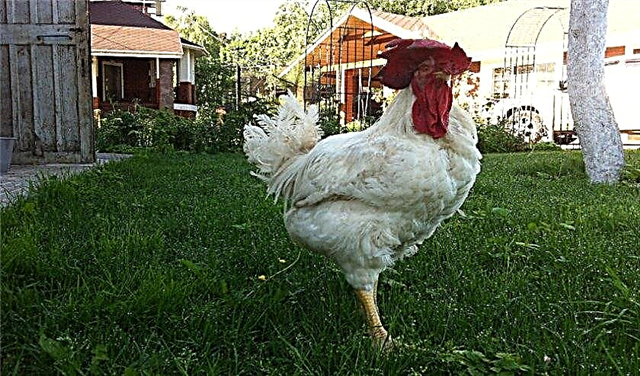 On the walls of the room there should be no cracks, splits and other damages, due to which air from the street would enter inside. If they are, they must be primed to prevent the formation of a draft inside the chicken coop.
On the walls of the room there should be no cracks, splits and other damages, due to which air from the street would enter inside. If they are, they must be primed to prevent the formation of a draft inside the chicken coop.
The poles and perches for birds should be located quite low - not higher than 35 cm. The peculiarity of the breed is its rather short paws and considerable body weight, due to which the bird will not be able to climb up or fall. In order to avoid injuries, to place perches is highly categorically impossible.
Did you know? Hens often engage in rowing, but they do not do it for fun. This action helps birds grind claws on their feet, the excessive length of which causes inconvenience to the hens.
Another point that you should pay attention to is the location of the nests for carrying chickens. It is advisable to place them in a place hidden from people and other birds so that the brood hen feels safe.
Failure to comply with this rule can lead to a stressful situation in which chickens of this breed often harm future offspring by crushing eggs.
Room cleaning should be done daily to clean the area of bird droppings and food debris that could cause chicken disease. In cases of a large number of birds in the room, cleaning is carried out twice a day.
Patio for walks
A walking yard is equipped in case of outdoor bird keeping. The size of the yard depends directly on the number of chickens on the farm. The more birds, the more space they need. Moreover, it is desirable that each individual had access to about 2 square meters. m of space - so the roots will not interfere with each other.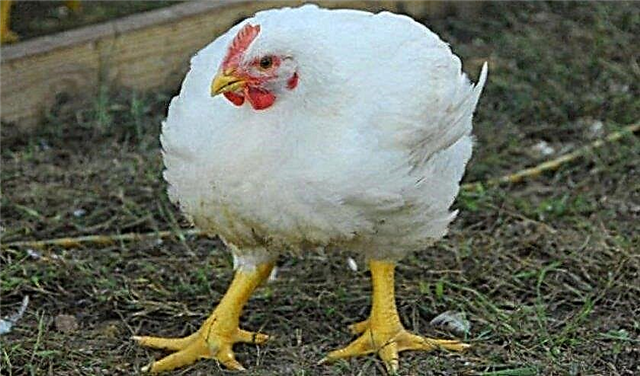 Mandatory is the installation of fencing. Cornish chickens are curious and can go beyond their territory, and returning them back will be quite problematic. In order not to arrange additional difficulties for yourself, protect the walking yard from all sides and make sure that there are no holes or other damages in the fence.
Mandatory is the installation of fencing. Cornish chickens are curious and can go beyond their territory, and returning them back will be quite problematic. In order not to arrange additional difficulties for yourself, protect the walking yard from all sides and make sure that there are no holes or other damages in the fence.
Important! A large amount of fat mass negatively affects the taste characteristics of meat, so it is advisable to give the bird space for walking.
You also need to place a small pool filled with ash and sand in the walking patio. This mixture will serve as a kind of disinfection site where chickens can get rid of fleas parasitizing in their plumage.
As for newborn birds, they need the same conditions, but with minor amendments. It is desirable to keep chickens separately from adult chickens, and an air temperature of 15 ° C is unacceptable for chicks - in the house should be about 25-30 ° C. To maintain such a microclimate, it is enough to fix an infrared bulb on the ceiling.
It is also advisable to take the chickens outside in warm weather so that the young Cornish hens can take a walk and breathe in the fresh air.
Feeding troughs and drinking bowls
In the chicken coop, it is also necessary to place drinking bowls and feeders, from which birds will receive food and water. To maintain order, it is advisable to put several containers if there are a lot of birds in the room so that all the hens can eat and quench their thirst. Separate tanks of smaller size should be found in young Cornish, as their diet is slightly different from the menu of adults.
Separate tanks of smaller size should be found in young Cornish, as their diet is slightly different from the menu of adults.
One Cornish chicken daily consumes about a liter of water, so you need to ensure that the birds always have access to clean water.
Important! The water must be clean. Contaminated fluid should be replaced regularly, as fungi and pathogens can actively develop in it.
Tanks with water and food are recommended to be placed on the floor so that the birds do not have to make additional efforts to get food and drink.
Seasonal molt
This stage of life is far from all representatives of the Cornish breed. Chickens at a young age are slaughtered to get the most delicious meat, and molting occurs only with those individuals that the farmer started for subsequent breeding of the breed. The Parent Fund faces molting in November or December.
Having lost feathers, the Cornish chicken becomes more sensitive to climatic conditions and the external environment. To make the bird feel better, it is necessary to provide it with additional care.
It is advisable to increase the air temperature in the chicken coop to room temperature, and also reduce the duration of daylight hours for the Cornish. Particular attention should be paid to the diet of chickens - they should receive nutrients in sufficient quantities. It is also recommended to add fish oil to food.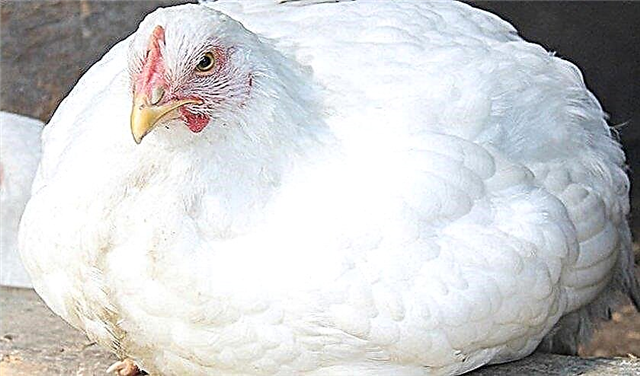
Herd replacement planned
Cornish birds belong to the meat direction of chickens, and the age of their slaughter directly affects the taste of the meat. The best products come from chickens from 2 to 5 months of age.
Only hens that create a parental fund live for more than six months if the farmer breeds the breed on their own. In other cases, keeping birds older than six months is unprofitable: their food requires financial investments, and chicken productivity indicators will only get worse with age.
Feeding ration
The Cornish breed of chickens is not picky in food, however, feeding it with anything is not recommended at all - birds are prone to overeating and subsequent obesity. To avoid such a health problem, you need to correctly compose a menu and follow the rules for feeding birds, which can be found below.
Correctly composed menu also helps to cope with some ailments of birds. Problems such as abundant feathering, slow chick growth, and a break in egg laying are often resolved by changing the bird's diet.
To get rid of these symptoms, it is enough to enrich the food with useful substances and vitamins to strengthen the body of birds of this breed.
Adult chickens
An adult Cornish chicken becomes after reaching 2 months of age. The daily menu should include nutrients, vitamins and minerals, so that the bird develops normally. At the same time, it is important not to give chickens food in large portions - because of the slow metabolism, this breed is able to quickly gain not only muscle, but also fat mass.
At the same time, it is important not to give chickens food in large portions - because of the slow metabolism, this breed is able to quickly gain not only muscle, but also fat mass.
It is necessary to feed the grown chickens three times a day - in the morning, at lunch and in the evening.
For breakfast, wet mixers are suitable for birds, which are absorbed by the body faster than other foods. As a result, after 2-3 hours the Cornish will again feel hunger. To eat, the chickens will be able to go out into the walking patio and profit from grass or small earthworms.
Important! It is undesirable to give a stirrer in the evening because of the fast digestibility of food. Otherwise, the roots will remain hungry all night and eat more in the morning than they need.
At lunchtime, birds can be fed with balanced compound feeds or make a diet on their own.
Cornish chickens need to be given protein foods - both plant-based (beans) and animal (meat-bone and fish meal). You can also feed birds with oats (grain and cereal), barley, millet, corn, beets, carrots, zucchini, potatoes, cabbage, cucumbers.
Love birds and greens. It is advisable to add fish oil and vitamins to the diet, including A, B, E and D. Enrich the feed with minerals using chalk, shells and salt.
For evening meals, it is better to choose vegetables and crops as feed.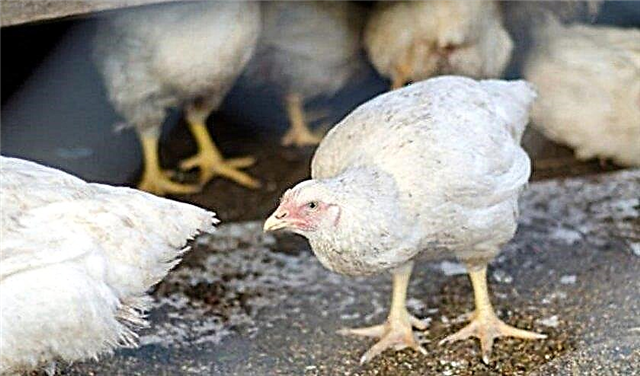 In cases where the roots are grown for subsequent breeding, a weekly check should be carried out and the weight of the birds should be measured. With excess weight, the chicken is planted on a diet in which greens and vegetables make up the basis of her diet. Servings of food for "losing" hens need to be reduced.
In cases where the roots are grown for subsequent breeding, a weekly check should be carried out and the weight of the birds should be measured. With excess weight, the chicken is planted on a diet in which greens and vegetables make up the basis of her diet. Servings of food for "losing" hens need to be reduced.
Did you know? To improve the digestive system, sand and fine gravel can be added to bird feed.
Representatives of Cornish, preparing for egg laying, should also create a separate menu and feed future hens with foods rich in calcium and protein of any origin.
Chickens
Cornish chicks in the first one and a half weeks, while they are overgrown with feathers, must be fed every 3 hours. Half an hour after the food has been dispensed, the feeder should be checked for food residues and discarded if not all the chickens have eaten.
It is best to feed newborn chicks with boiled chopped eggs, herbs, vegetables and boiled root vegetables.
Important! Every time a little Cornish needs to be given freshly prepared food.
When the Cornish chickens grow up, legumes in the form of lentils and peas, as well as grain mixtures of oatmeal, barley, corn, millet and oat grains are introduced on their menu. Minerals and vitamins should be added to food the same as for adult chickens. You can give them to young birds as mixed with food, or in its pure form in a separate container.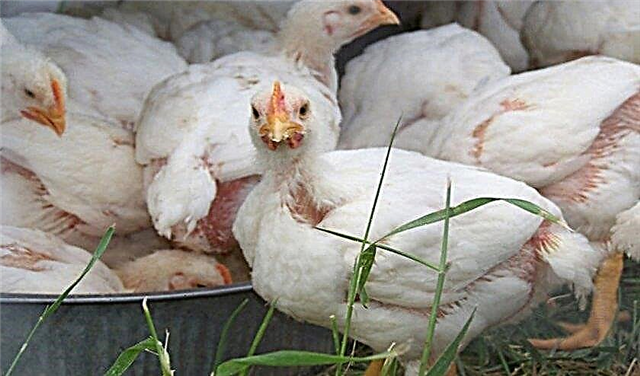 It is advisable to provide the room in which the chickens live with a vacuum drinking bowl so that the growing roots will have access to water around the clock.
It is advisable to provide the room in which the chickens live with a vacuum drinking bowl so that the growing roots will have access to water around the clock.
To summarize, we can say that the Cornish breed is best suited for farmers raising chickens to get tasty meat. When breeding purebred birds, one may encounter many difficulties, the overcoming of which is not always justified.
However, for whatever purpose you bring the Cornish breed in your farm, you need to remember the features of keeping birds and create conditions for them under which the development of these birds will take place without additional complications.



